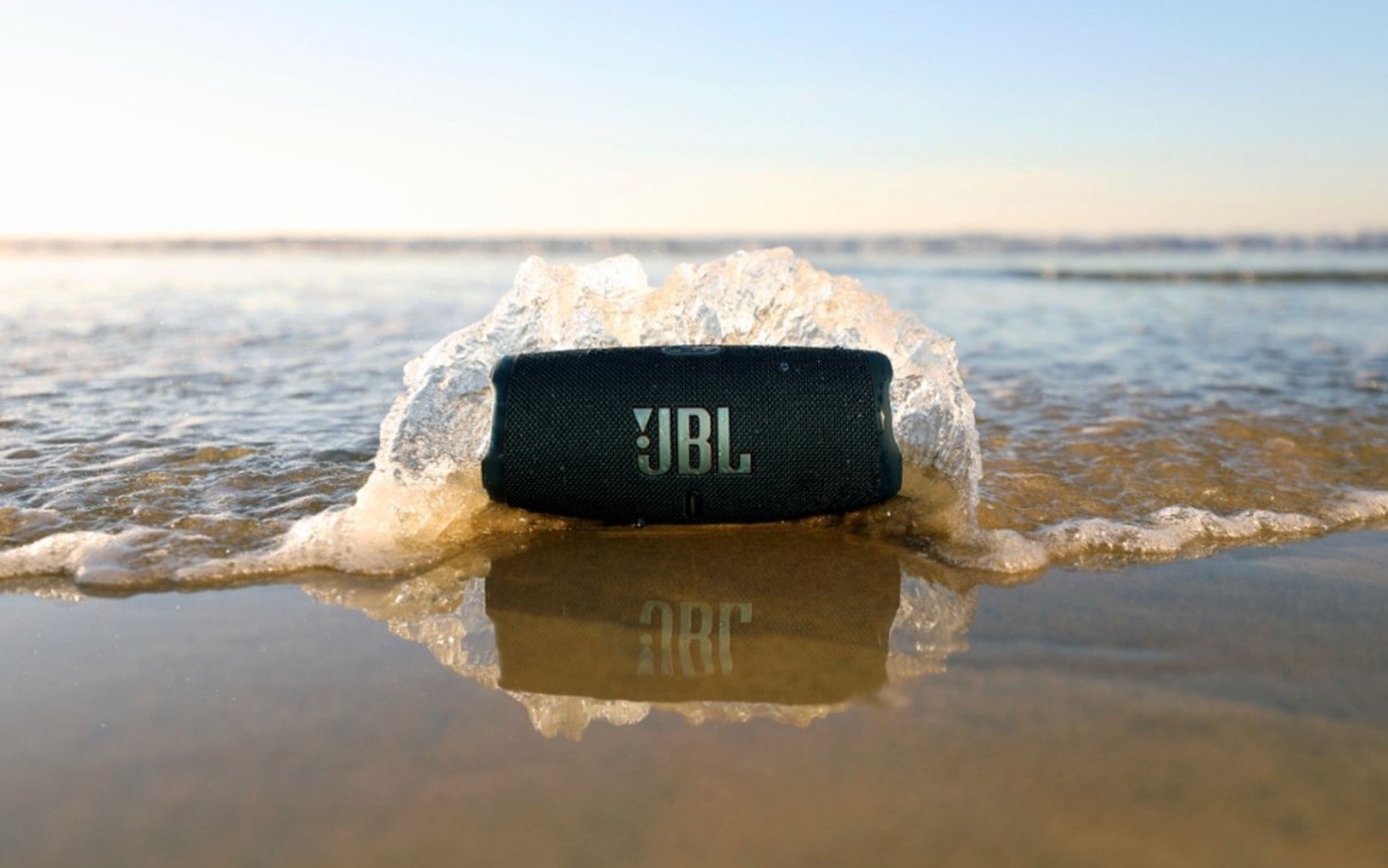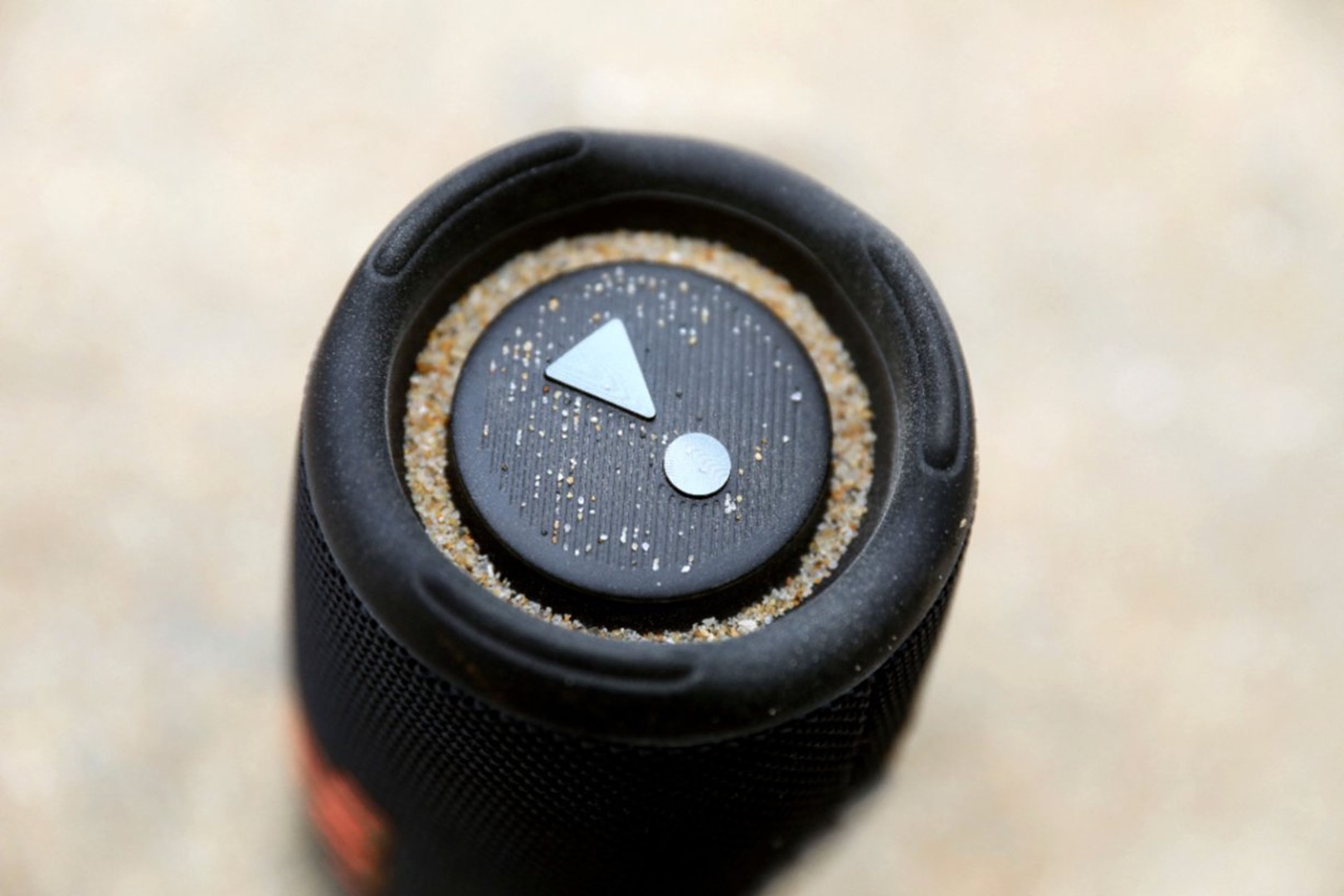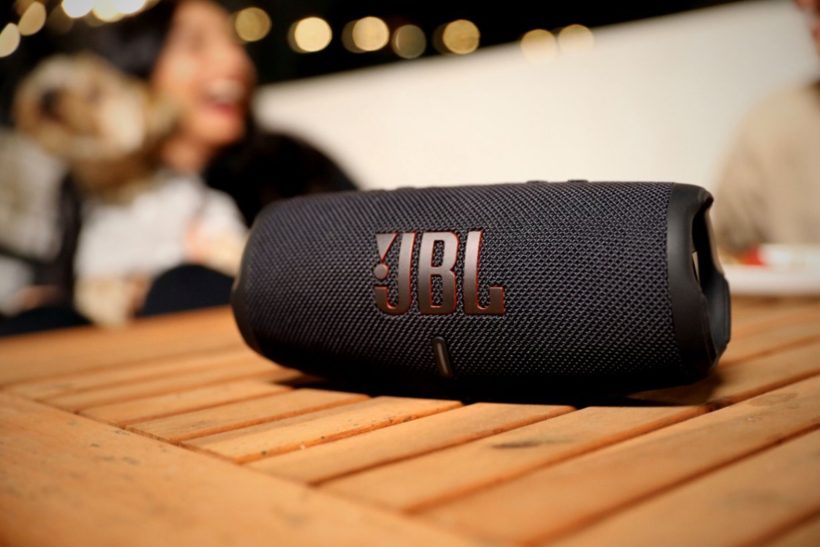The JBL Charge 6 is expected to replace the highly popular JBL Charge 5 speaker and make its market debut in 2024, based on a historic 3-year cycle of release dates for previous JBL Charge speaker versions. The JBL Charge 5 was released on 7 January 2021 and the Charge 5 Wi-Fi version was released on 11 May 2023, implying that the Charge 5 should be released in 2024 when based on JBL’s previous release cycles. In fact, the JBL Charge 4 was also released on 30 August 2018 and the Charge 3 was released on 2 May 2016 respectively, which suggests a 2–3-year release cycle. Here is a table which shows the previous JBL Charge speaker release dates:
| JBL Charge speaker | Release Date |
| JBL Charge 6 | Q2-Q3 2024 (expected) |
| JBL Charge 5 | May 11, 2023 (EU) |
| JBL Charge 5 | January 7, 2021 |
| JBL Charge 4 | August 30, 2018 |
| JBL Charge 3 | May 2, 2016 |
| JBL Charge 2 Plus | May 22, 2015 |
| JBL Charge 2 | September 4, 2014 |
| JBL Charge | April 2013 |
Based on the available data we have, this suggests that the JBL Charge 6 would be released somewhere between Q2-Q3 of 2024.

Expected Improvements
The JBL Charge 6 is expected to provide improvements in sound performance, bass and overall battery capacity. In our previous review on the JBL Charge 5 vs Charge 4, we pointed out that Charge 5 comes with an improved 40W power output compared to the Charge 4’s 30W, and also features a 52 x 90mm woofer and 20mm tweeters that deliver clearer and cleaner highs. Both the JBL Charge 5 and 4 have a rather similar frequency range of 60-65 Hz to 20 kHz (the JBL Charge 5 range is actually 65 Hz to 20 kHz, which is surprisingly 5 Hz higher than the previous Charge 4). As the title suggests, both the Charge 5 and 4 comes with USB-C power outputs which can be used to charge your smartphone devices. In terms of battery life, both the Charge 5 and 4 are virtually identical.
In this regard, we would expect that the JBL Charge 6 would come with several improvements as compared to the Charge 5. First, the JBL Charge 6 would probably have much louder sound output closer to 50W sound output, making it closer to the Marshall Acton III portable speaker in terms of loudness (the Acton III has 30W). Given the size of the Charge 5 speaker, we think that it would be possible for the Charge 6 to achieve a sound performance and volume boost when it is released. Here is a table of the sound output and wattage of the previous JBL Charge speakers.
| JBL Charge Speaker | Wattage / Power output |
| JBL Charge 6 | 50W (expected) |
| JBL Charge 5 | 40W |
| JBL Charge 4 | 30W |
| JBL Charge 3 | 20W |
| JBL Charge 2 | 15W |
| JBL Charge 1 | 10W |
We should expect to see that the JBL Charge 6 come with performance boosts in terms of the bass and overall volume output. The Charge 6 is also expected to improve several features such as the latest Bluetooth 5.2 and improve the lower-end of its frequency range from 65 Hz down to 55 Hz, which should help to provide deeper bass response. The current JBL Charge 5 is also equipped with a 7500mAh battery (which provides up to 20 hours of playtime) and we should expect to see some improvements in overall battery life as well.

Expected Specs for the JBL Charge 6
The expected specs for the JBL Charge 6 would be 50W of output power, Bluetooth 5.2 and an improved battery performance. It should also have wider frequency range (especially in the lower-end) and improve the bass performance down to 55 Hz. The JBL Charge 6 is expected to retain several key features in the JBL Charge speaker series such as IP67 waterproof and dustproof rating, the dual passive bass radiators (at both sides of the speaker) and the ability to pair with multiple mobile devices at once.
Probable Release Date
Based on the 3-year cycle of speaker releases for the JBL Charge series, we expect the JBL Charge 6 to be released sometime in Q2 or Q3 of 2024. Although JBL has not stated an official release date yet, we can infer this based on the historical release dates for the previous JBL Charge speaker series. Some features in the JBL Charge 5 are also due for an upgrade, such as the outdated Bluetooth 5.1 codec and the lack of any microphone to take hands free calls. We anticipate that these features would be added to the Charge 6 at the next release cycle.

